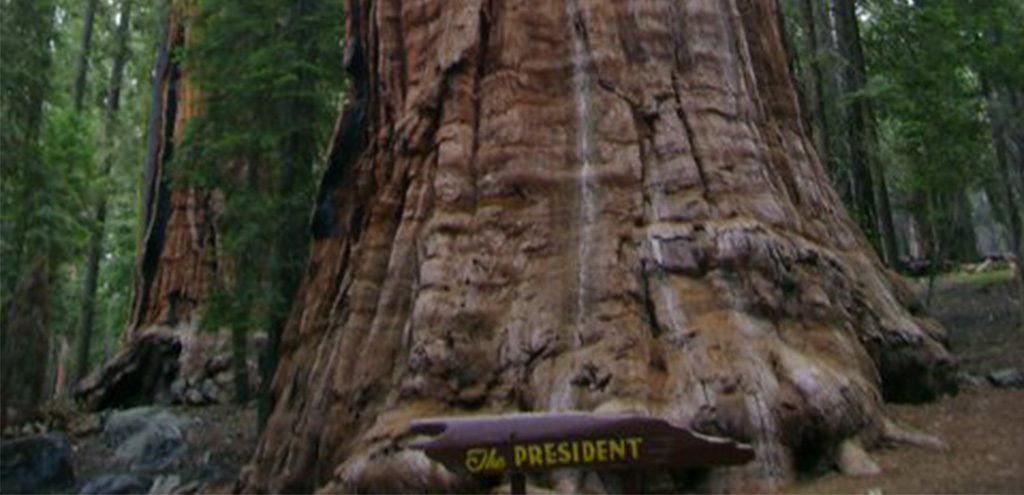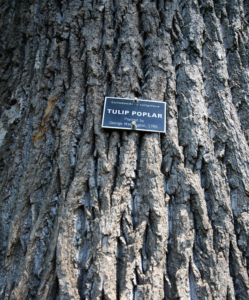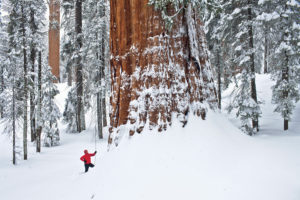
Between planting trees themselves, preserving trees, or just enjoying their beauty, our President’s have long treasured trees. This President’s Day, enjoy these fun tidbits about presidents and trees.

While George Washington never chopped down a cherry tree, but he did plant a lot of others—all American native species, naturally—at his Mount Vernon home. Today, two tulip poplars (Liriodendron tulipifera) planted by Washington himself still grow at Mount Vernon. The blossoms are too high for bees, so, in 1989, horticulturalists in cherry-pickers hand-pollinated the old, tall trees.
A honey locust tree (Gleditsia triacanthos) in the Soldiers’ National Cemetery is known as the “witness tree”—the last living witness of Abraham Lincoln’s Gettysburg Address. On that memorable November 1863 day when President Abraham Lincoln delivered his Gettysburg Address at the dedication of the Soldiers National Cemetery (now Gettysburg National Cemetery), a young honey locust tree stood about 150 feet from the speakers platform. That honey locust is the only tree—and, indeed, the only living thing—to have heard Lincoln deliver that great American speech, the one that began “Fourscore and seven years ago.”
The famous Jackson southern magnolias (Magnolia grandiflora), one of which was recently felled, are the oldest trees on the grounds of the White House. They were planted between 1829 and 1837 in honor of his wife, Rachel, who died two weeks after he won the election, and before his inauguration. Alone, he left their home in Nashville, Tennessee for the White House, and he brought two magnolia saplings from the garden. Magnolias had been Rachel’s favorite tree; Jackson planted them in her memory, and he never remarried.

Older than all of those Presidents mentioned above is a sequoia in Sequoia National Park known as The President. How did this tree earn such an iconic name? It is not only the second tallest tree in the world, but also the second largest tree in the park, as well as and the oldest known living redwood. Another record President hold? It has nearly two billion (yes, with a b) leaves, the most of any tree yet measured.
Can’t forget two crucial presidents to forestry, Theodore Roosevelt and Woodrow Wilson. Roosevelt, known as the “conservationist president” — not only established 230 million protected acres of national parks and public lands, but he also established the U.S. Forest Service in 1905 to ensure these forests stay protected and maintained. In 1916, Woodrow Wilson signed the “Organic Act,” which established the National Park Service, which was to be a new federal bureau in the Department of the Interior responsible for protecting the 35 national parks and monuments then managed by the department and those yet to be established.

